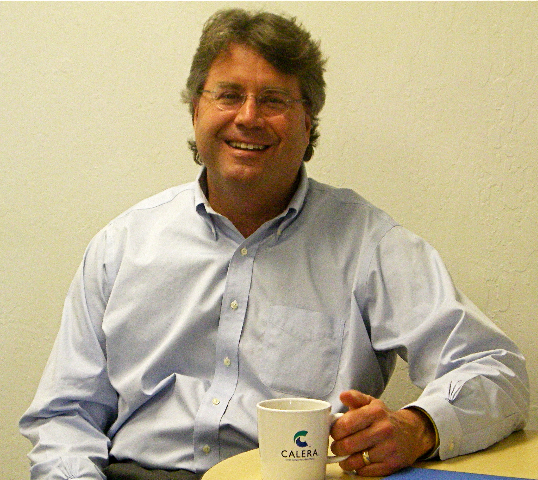
Abstract
Calera’s Carbon Capture and Conversion (CCC) technology with beneficial reuse has been called, “game-changing” by Carl Pope, Executive Director of the Sierra Club. Calera offers a solution to the scale of the carbon problem. By capturing carbon into the built environment, Calera provides a sound and cost-effective alternative to Geologic Sequestration and Terrestrial Sequestration. By chemically converting carbon dioxide into carbonate minerals, this CCC technology permanently converts CO2 into a mineral form, which can be stored above-ground, on the floor of the ocean, or used as a building material. The process produces a suite of carbonate containing minerals of various polymorphic forms and crystallographic characteristics, which can be substituted into blends with portland cements to produce concretes with reduced carbon, carbon neutral, and negative carbon footprints. For each ton of product produced, approximately half a ton of carbon dioxide is sequestered using the Calera process.
By producing a usable product, CCC also provides an economical solution to global warming. While the cost of this process may, in some cases, exceed the selling price of the resultant materials, the value produced combined with available carbon credits makes this CCC technology economically and environmentally sustainable.
Biography
Brent Constantz specializes in high performance and novel cements, and is the inventor on over 60 issued US patents on the subject, as well as many currently pending US and foreign patent applications. His cements for bone fractures can be found in most orthopedic operating rooms in the western world.
Dr. Constantz is a Consulting Professor at Stanford University, and has taught courses in biomineralization, carbonate sedimentology, mineralization of bone, Continuing Medical Education (CME) courses in the use of cement in bone fracture management, and given numerous seminars. He serves on the board of Directors of the Stanford Environmental Molecular Science Institute aimed at using synchrotron radiation for material characterization, and is affiliated with the Woods Institute for the Environment, where his interest is carbon dioxide sequestration in concrete and the built environment. He received BA, MS, and Ph.D. degrees at the University of California, was a post doc at the USGS, and a Fulbright Scholar at the Weizmann Institute before launching his first of three successful medical device companies.
He is currently CEO of Calera Corporation, a company that sequesters carbon dioxide from power plant emissions into supplementary cementitious materials and aggregates, both removing the emitted carbon dioxide and displacing the carbon dioxide that portland cement production would have generated.